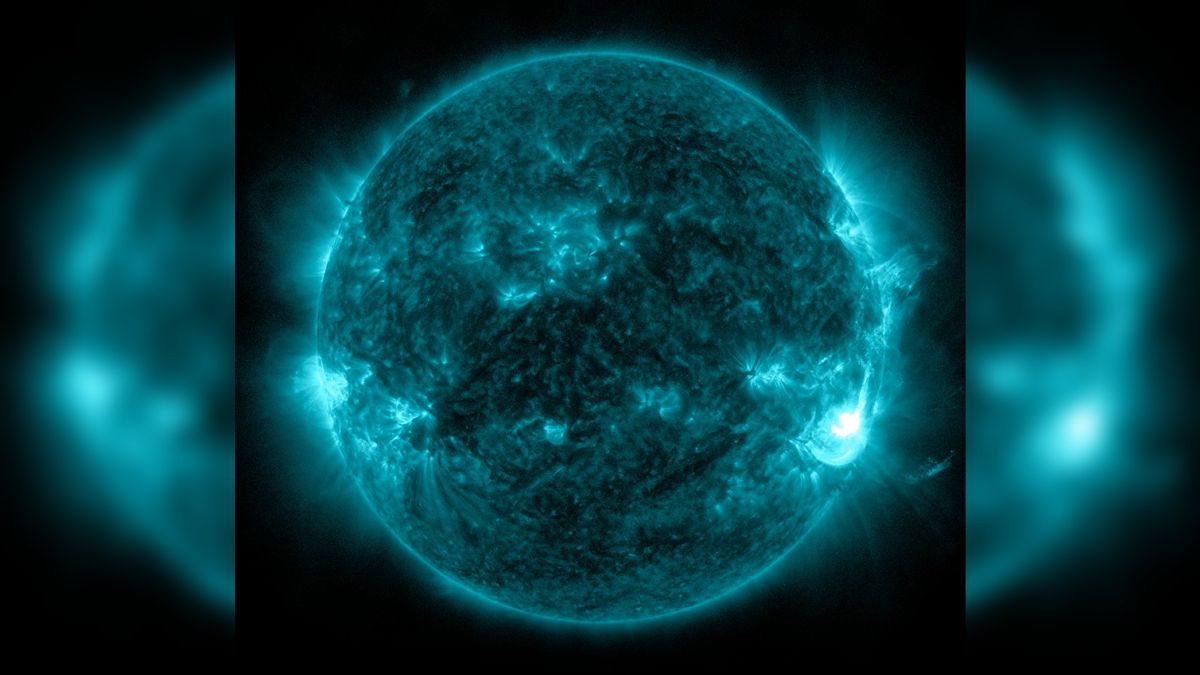NASA Aims for Upgraded Space Launch System for Artemis Moon Program
NASA is currently focused on enhancing its capabilities for the Artemis moon program, despite not having sent an astronaut to space for this initiative yet. The upcoming decade will see the launch of a more powerful version of the Space Launch System (SLS) to facilitate more ambitious moon missions, starting with Artemis 4. This upgraded version, known as Block 1B, is designed to carry both crew members and large pieces of hardware towards the moon, with the long-term goal of establishing a settlement at the lunar south pole.
Key features of the enhanced SLS will include a “more powerful second stage and an adapter for large cargos,” according to recent statements from NASA officials. The agency is currently conducting tests on more powerful RS-25 engines at NASA’s Stennis Space Center. These engines, originally developed for the space shuttle program, are undergoing a 12-engine hotfire certification series in preparation for Artemis 5 and beyond.
Artemis Program Goals and Features
The overarching objective of the Artemis program is to establish a sustainable human presence on the moon, particularly in close proximity to water ice resources. This collaborative effort involves a coalition of nations under the guidance of the NASA-led Artemis Accords, with a primary focus on complying with U.S.-led peaceful space exploration norms.
Artemis 1, an uncrewed mission that orbited the moon in 2022, serves as a precursor to upcoming crewed missions. Artemis 2, scheduled to send four astronauts around the moon no earlier than 2025, will be followed by Artemis 3, targeting a crewed lunar touchdown in 2026. Technical challenges have caused delays in these launches, but progress continues to be made.
While the first three lunar missions utilize the interim cryogenic propulsion stage to boost the Orion spacecraft, subsequent missions starting with Artemis 4 will transition to a four-engine stage known as the exploration upper stage (EUS). This upgrade offers extended operational capabilities, such as an increased battery life of up to eight hours, four times longer than current missions.
Advanced Features and Budgetary Considerations
Furthermore, Artemis 4 and beyond will incorporate a universal stage adapter with enhanced storage capacity, providing ample space for large components such as modules for NASA’s Gateway space station near the moon. The upgraded EUS will also enable more frequent launch opportunities, up to twice a day, compared to the existing design.
While NASA faces budgetary constraints for fiscal 2025 amidst the Artemis development, administrator Bill Nelson is committed to securing necessary funding. The projected funding for Artemis in the next fiscal year remains relatively stable, at approximately $7.6 billion, pending approval by Congress during an election year.
Image/Photo credit: source url





